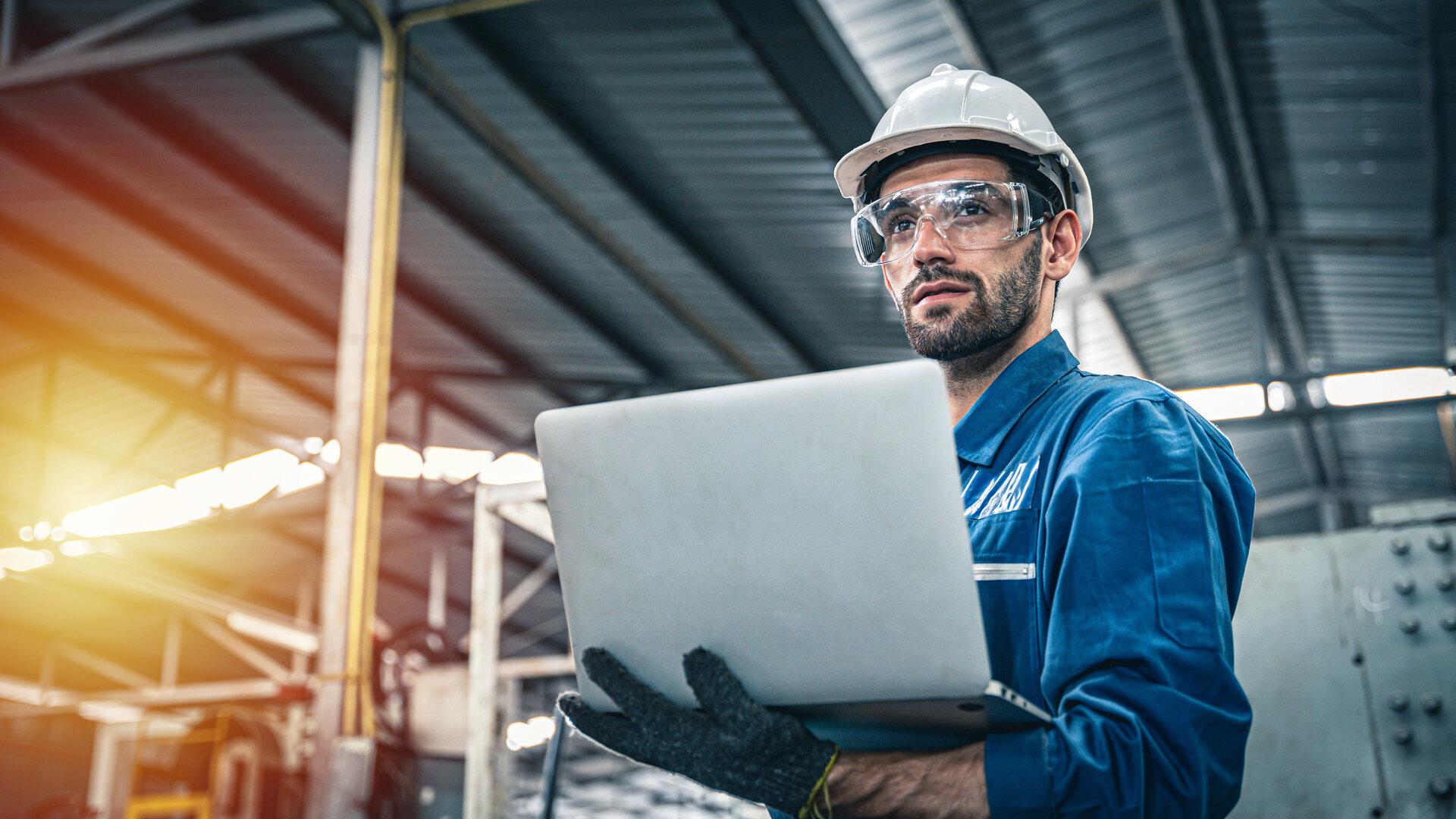We understand that greatness is never a given.
Technicalwriting
A Beginner’s Guide to Building Confidence in the Saddle
Many newcomers who browse riding content or even look at equitation horses for sale quickly realise that confidence does not develop instantly. It grows through structure, repetition and small, clear successes that create a sense of control. This guide supports beginners who want to feel steady in the saddle and understand the fundamentals that shape a secure riding experience. It outlines essential habits and explains why patience and clarity matter more than talent. With the right approach, each ride becomes an opportunity to build trust and body awareness, which gradually forms the basis for enjoyable and consistent progress.
Understanding the Foundations of Confidence
Confidence in the saddle begins with a solid understanding of how your body communicates with the horse. Riding feels unfamiliar at first because the movements challenge muscles that beginners rarely use in daily life. As you learn to follow rhythm and maintain balance, your instincts start to adjust. This shift happens gradually and becomes stronger when you ride consistently, because routine reinforces the connection between physical sensation and movement. Beginners who take time to observe how the horse responds to small aids gain a sense of influence that strengthens their comfort. When these observations turn into habits, the experience becomes less overwhelming and more intuitive, which creates a foundation for steady improvement.
Why Beginners Benefit from Structured Routine
A structured routine offers stability because it reduces uncertainty and gives each training session a purpose. Beginners who ride without clear goals often feel overwhelmed by sensations they cannot yet interpret. A routine brings order. It guides attention and helps you evaluate progress from one ride to the next. When you combine repetition with thoughtful instruction, you start to recognise how the horse reacts to seat changes, leg placement and rein contact. This awareness builds calmness and control. Riders who integrate a gentle warm up, a simple main exercise and a relaxed cooldown often progress more smoothly because they work within a predictable rhythm that supports mental clarity. Such structure also allows you to identify patterns, which helps you understand what improves your balance and what still requires practice.

Core Skills That Strengthen Early Confidence
The following table highlights essential skills that beginners should develop early, because these fundamentals shape a rider’s entire journey.
| Skill Area | Benefit for Beginners |
|---|---|
| Balance | Provides steadiness and reduces unnecessary tension |
| Rhythm Awareness | Allows the rider to follow natural movement |
| Soft Hand Contact | Encourages trust and clear communication |
| Calm Breathing | Supports focus and prevents stiffness |
These core abilities help beginners navigate early challenges with greater ease. Riders who practise them regularly create a smoother learning environment. When exploring options for lessons or comparing horses, even in listings such as equitation horses for sale, these fundamentals provide orientation for recognising what suits a developing rider.
Checklist for Early Riding Sessions
The following checklist offers beginners a practical tool for maintaining focus during initial rides. It supports clear self evaluation and encourages steady improvement.
| Check | Item |
|---|---|
| ☐ | Keep shoulders relaxed during walk and trot |
| ☐ | Follow the motion without gripping with the knees |
| ☐ | Maintain steady hands while allowing natural movement |
| ☐ | Breathe evenly during transitions |
| ☐ | Observe how the horse responds to small cues |
This structure helps beginners end each session with clarity. It highlights areas that work well and shows which aspects need further attention. Riders who review this list regularly notice gradual improvements and gain a sense of stability. Later, when exploring training opportunities or evaluating options such as equitation horses by jw-horses, this checklist becomes a reference for understanding which skills support long term confidence.
Building Trust Through Consistent Interaction
Trust forms when the rider behaves calmly and consistently in all situations, both on the ground and in the saddle. Simple routines such as grooming, leading or practising quiet moments near the horse help beginners develop sensitivity to the animal’s reactions. When the horse recognises predictable behaviour, it responds with steadiness. This calm interaction builds mutual understanding and reduces hesitation. Because trust develops through regular, low pressure encounters, beginners should approach each session with patience. Through repetition and attentiveness, riders discover that clarity and calmness create a more harmonious partnership than force or urgency ever could.

The Value of Professional Guidance
Professional instruction supports beginners by explaining small details that might otherwise remain confusing. Experienced trainers identify subtle patterns in posture, timing and coordination that influence communication. Their guidance helps beginners adjust techniques gradually, which prevents frustration and promotes confident learning. A skilled instructor also provides reassurance during unexpected situations and teaches riders how to interpret the horse’s signals. With time, this understanding strengthens independent decision making. Later, when observing higher level horses or reviewing information similar to equitation horses for sale, beginners can recognise qualities that support their progress and avoid choices that create unnecessary complexity.
FAQ about Confidence Building for New Riders
1. How can beginners reduce early tension in the saddle?
Start with calm preparation on the ground, because simple tasks such as leading or grooming help beginners settle their breathing. Once you sit in the saddle, choose a slow rhythm that allows your hips and shoulders to follow the movement. This creates steadiness and encourages the horse to respond in a predictable way.
2. How often should a beginner ride to gain confidence?
Regular sessions two to three times per week build familiarity without overwhelming the rider. Consistency creates a natural learning flow. Muscles adapt to repetitive patterns and the communication with the horse becomes smoother with each ride.
3. What role does the right horse selection play for confidence?
A well balanced and patient horse supports beginner development. Riders who browse offers such as equitation horses for sale should focus on temperament, rhythm clarity and a forgiving nature, because these qualities create an environment in which beginners can make mistakes without losing calmness.
4. How can riders identify suitable training support?
A good instructor explains small adjustments in a way that feels logical and manageable. Beginners should look for trainers who provide steady feedback, introduce exercises gradually and help the rider understand why certain reactions appear.
5. Do beginners need special equipment for confidence training?
No advanced gear is necessary. A well fitting saddle, a simple bridle and an approved helmet create a safe base. Comfortable clothing supports natural posture. Riders can explore additional tools once they feel more secure and coordinated.
6. How do riders know when they are ready for more advanced exercises?
Beginners are ready when they maintain balance during transitions, keep breathing steady and follow the movement without stiffness. If the rider can stay calm when the horse changes tempo, the next step can be introduced without pressure.
7. Can confidence also grow through observing experienced riders?
Yes. Watching advanced riders helps beginners understand timing, posture and movement patterns. Observing calm transitions and smooth communication trains the eye and builds awareness that later improves personal riding sessions.
8. How can browsing listings like equitation horses for sale support learning?
It helps beginners understand how horses differ in training level, temperament and movement. Riders who study these listings gain insight into how experienced sellers describe qualities that matter in daily riding. This fosters better understanding of real riding requirements.
Confidence Grows Through Clarity
Confidence in the saddle develops when beginners combine consistent routine with thoughtful guidance and simple, achievable goals. Each ride becomes a constructive step rather than a challenge. As your understanding deepens, your body adapts and your sense of control increases. With time, you will notice how calmness, rhythm and clear intention create a stable partnership that encourages steady improvement. This path builds strength, patience and awareness, which makes every moment with the horse more enjoyable and more meaningful.
Image source: Dumitru, sergo321, girodjl/Adobe Stock
Harnessing the Breeze: The Role of Sensors in Modern Technology
In the fast-paced world of technology, the measurement and analysis of air flow are paramount, especially in industries ranging from HVAC to aerospace. This blog dives into the world of air velocity sensors, unraveling their significance in our tech-driven society.
The Pivotal Role of Measuring Air Speed
At the heart of various technological applications, the ability to gauge the speed of air movement is crucial. From optimizing indoor air quality to ensuring the efficiency of wind turbines, the accuracy of these measurements can significantly impact performance and safety. But what makes a high-quality air velocity sensor stand out, and why is it so vital in today’s tech landscape?
The Mechanics Behind Air Velocity Sensors
An air velocity sensor operates by detecting changes in air flow, converting these physical phenomena into electrical signals that can be interpreted and acted upon. These devices come in various forms, each tailored to specific applications, ensuring precise and reliable data. Understanding the technical nuances of these sensors can shed light on their importance in various technological domains.
Ensuring Precision in Airflow Measurement
The crux of the matter lies in the precision of airflow measurement. High-quality air velocity sensors provide accurate, reliable data that is essential for the optimal operation of systems and machinery. For instance, in HVAC systems, precise air flow measurements can lead to significant energy savings and improved indoor air quality. In aerospace, accurate airflow data is crucial for the safety and efficiency of aircraft. The implications of these measurements ripple across numerous tech fields, underscoring the sensor’s value.
Applications and Impacts of Airflow Sensing
The applications of these sensors are vast and varied. In the industrial sector, they monitor and control processes to enhance efficiency and safety. In environmental monitoring, they provide valuable data for weather forecasting and climate research. The breadth of their application highlights their versatility and indispensability in the tech world.
The Future of Airflow Sensing Technology
As technology evolves, so too do the sensors that measure air velocity. Advances in materials science and electronics promise even more accurate, durable, and versatile sensors. This evolution will undoubtedly expand their applications and enhance their impact on technology and society.
The quality of measuring instruments dictates the precision of our insights – in the realm of technology, accuracy is everything.
The Bottom Line
Quality air velocity sensors are not just components; they are the bedrock of efficiency and safety in numerous technological applications. Their precision and reliability are non-negotiable, given their impact across various industries. As we continue to harness the power of technology, the role of these sensors will only grow, making their understanding and application more crucial than ever. In conclusion, while the term “air velocity sensor” may not dominate headlines, its significance in the realm of technology is undeniable. These sensors are pivotal in a myriad of applications, driving efficiency, safety, and innovation. As technology marches forward, the importance of these sensors remains steadfast, echoing their critical role in the fabric of modern technology.
Photo credit: HN Works & Pitchayaarch / stock.adobe.com
The Real Cost of Horseback Riding: Understanding the Expenses
Are you considering delving into the world of horseback riding? Before you saddle up, it’s essential to understand the financial commitment that comes with this exhilarating sport. From training to equipment, the costs can add up quickly. Let’s delve into the details to paint a clearer picture of what it truly means to be a rider.
Counting the Cost:
Embarking on the journey of horseback riding is undeniably thrilling, but it’s crucial to recognize that it comes with a significant financial investment. Beyond the initial allure of riding, there are numerous expenses to consider, ranging from lessons to boarding fees. Understanding these costs upfront can help you make informed decisions and prevent any unexpected financial burdens down the line.
Investing in Training:
One of the fundamental aspects of becoming a proficient rider is investing in proper training. Riding lessons are essential for both beginners and experienced riders alike, as they provide invaluable instruction on technique, safety, and horse care. However, quality instruction comes at a price. Be prepared to budget for regular lessons with qualified instructors to hone your skills and progress in your riding journey.
Navigating Horse Ownership:
Owning a horse is the dream of many equestrians, but it’s essential to approach this decision with caution and financial foresight. The initial purchase price of a horse is just the beginning; ongoing expenses such as boarding, veterinary care, and farrier services can quickly add up. Additionally, consider the costs of equipment such as saddles, bridles, and grooming supplies. Before taking the plunge into horse ownership, carefully evaluate your budget and consider all associated expenses.
Exploring Sales Options:
When it comes to purchasing a horse, there are various avenues to explore. One option is to search for “hunter jumper horses for sale” through online listings, equestrian publications, or local stables. However, it’s crucial to approach horse shopping with caution and enlist the guidance of knowledgeable professionals. Ensure that any prospective purchase undergoes a thorough vetting process to assess its health, temperament, and suitability for your riding goals. More at https://www.jw-horses.com/hunter-jumper-horses-for-sale.
Budgeting for Competition:
For riders interested in competing, the costs can escalate even further. Entry fees, transportation, accommodation, and grooming expenses are just a few of the considerations when budgeting for competitions. Additionally, riders often invest in specialized training and coaching to prepare for competitive events. While the thrill of competition can be immensely rewarding, it’s essential to budget carefully to avoid overspending.
Exploring Alternative Options:
For those concerned about the high costs associated with traditional horse ownership, there are alternative options to consider. Leasing a horse, participating in a lesson program, or joining a riding club can provide opportunities to enjoy horseback riding without the full financial commitment of ownership. These options allow riders to experience the joys of riding while maintaining greater flexibility and control over their expenses.
Conclusion:
Horseback riding offers unparalleled opportunities for adventure, growth, and connection with these magnificent animals. However, it’s essential to approach the sport with a clear understanding of the financial commitment involved. By carefully budgeting for training, equipment, and ongoing expenses, riders can enjoy the rewards of horseback riding while maintaining financial stability. Remember, the true value of riding extends far beyond the price tag—it’s a passion that enriches both mind and spirit.
picture: pexels





